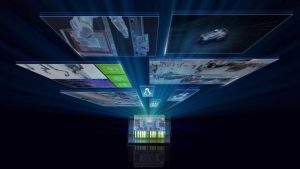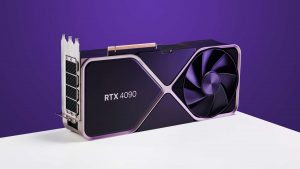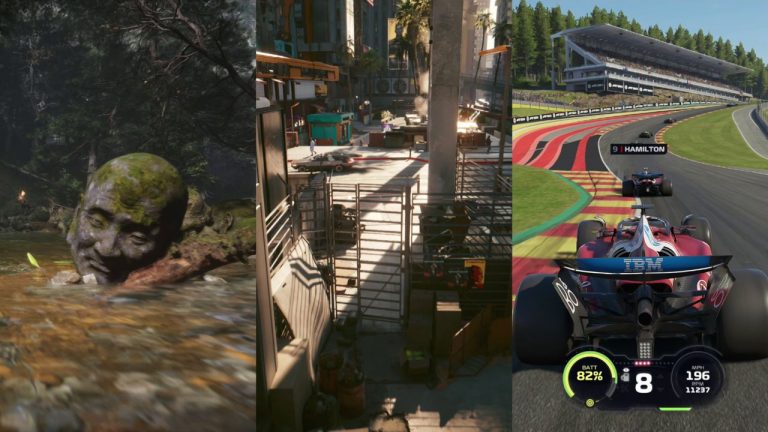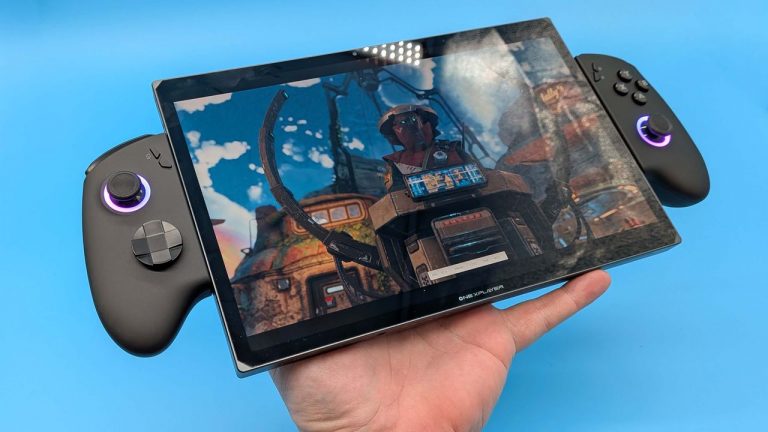Hands up those of you that thought we’d be living in a far more science fiction-like future by now. Yep, me too. Still, it seems like some futuristic ideas that could be ripped straight from the pages of an Arthur C. Clarke novel might be in the works, as NASA’s Innovative Advanced Concepts program (NIAC) has announced six concept studies that will be receiving additional funding and development, bringing them one step closer to reality.
One of the most intriguing is the ScienceCraft for Outer Planet Exploration project, or SCOPE. This is a spacecraft designed to explore outer solar system planets like Neptune and Uranus by the use of a solar sail with an ultra-lightweight quantum dot-based spectrometer printed directly onto the surface, combining the science instrument with the fundamental architecture of the craft itself.
The project hopes to become a low resource platform that can piggyback on existing launches as a secondary payload, and a first mission to Neptune’s largest moon, Triton, has already been proposed in order to study its atmosphere before a potential launch window closes in 2045.
While deep-space exploration is a noble goal, I have two words for you that cause my inner child to gasp in wonder: Space. Train. Well, lunar train, to be more precise. That’s the goal of the Flexible Levitation on a Track project (FLOAT), which aims to be the first lunar railway system to provide reliable autonomous payload transportation on the Moon.
The space train project (I’m going to keep calling it that, just try and stop me) plans to incorporate unpowered magnetic robots that levitate over a flexible track on the Lunar surface to transport mined materials and payloads dropped off by lunar landers. While one layer of the track is proposed to be made of graphene to facilitate diamagnetic levitation, another could potentially be a solar panel to generate power for a lunar base when in sunlight.
The track is being designed to unroll on the Moon’s surface to avoid construction issues, and a large scale version of the system is said to be capable of moving up to 100,000 kgs of cargo multiple kilometres in a day, with a top speed of around 0.5 m/s.
(Image credit: Future)
Best gaming PC: The top pre-built machines.
Best gaming laptop: Great devices for mobile gaming.
Other potential projects set to receive additional funding include a pulsed plasma rocket, a “fluidic telescope” designed to be a space-based optical observatory, and a radioisotope thermoradiative cell power generator. I only know what some of those words mean, but boy am I excited by all the whizz-bang imagery it creates in my head.
While I hate to end this article on a downer, I’d be remiss if I didn’t point out that additional funding and development does not an eventually successful project make. Still, any advancement towards my yet-to-be-realised sci-fi dreams is fine by me, and while these projects may be a long way from reality still, I’ll hope you’ll join me in keeping your fingers crossed that at least one of these futuristic visions makes it to the finish line.
Space train. Yes please. I’ll take two, and I won’t even mind if it’s delayed.












